Have you ever taken a walk in an orchard or garden and noticed how some tree branches have spikes, thorns, or prickles? While they may look intimidating, these thorns are actually essential for protecting trees from predators and animals that seek to feed on their sweet fruits. But did you know that not all trees have thorns? One of the most popular varieties of fruit is the lemon – a tart citrus versatile enough to be put into anything from dessert recipes like lemon bars to cocktails like margaritas. So you might ask: do lemon trees have thorns?
In this blog post, we’ll explore the anatomy of a lemon tree and answer your burning question – while also uncovering some fascinating facts about why plants benefit from playing defense. Ready for an enlightening journey into the world of botany? Let’s get started!
Which Trees to Select for My Garden?
No matter what type of tree you choose, be sure to give it plenty of space and sun so that it can reach its full potential.
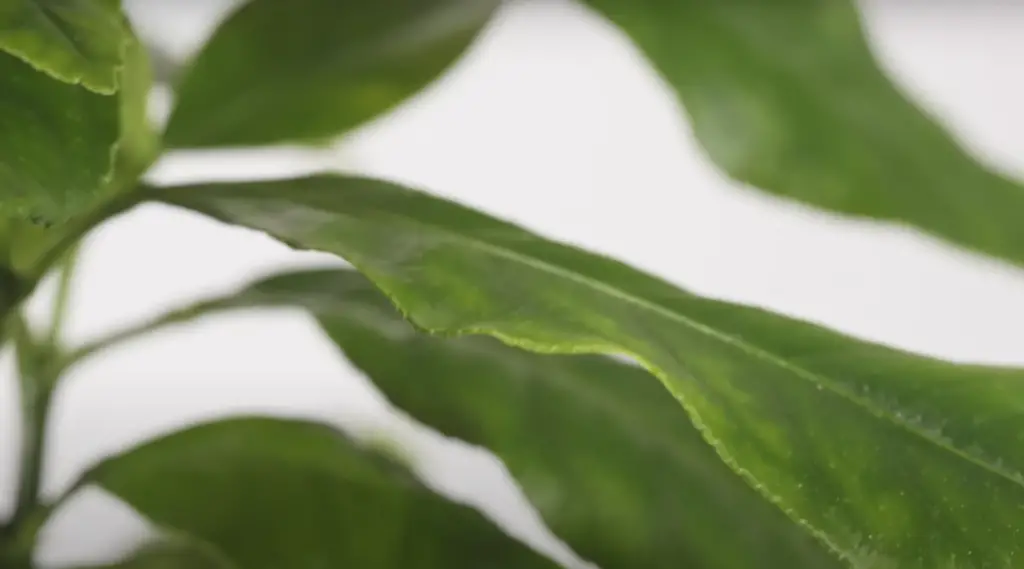
With proper care and attention, your trees will become a beautiful part of your garden for many years to come. Consider climate and soil conditions in your area when selecting a tree. Some popular options include:
Oak trees
This classic tree is especially good for landscapes because its leaves change color in fall and provide shade during summer months. It has strong roots that can withstand high winds.
Maple trees
These attractive trees are well-suited for colder climates as they can survive freezing temperatures without damage. They grow quickly with lush green foliage that turns fiery red or yellow in autumn. [1]
Cherry blossom trees
Known for their beautiful pink flowers, cherry blossom trees are often used to create a stunning focal point in any garden. They are very fragile and should only be planted in areas with mild weather.
Fruit trees
Planting fruit trees is a great way to create an edible landscape. Apples, pears, peaches, and cherries all make for good choices depending on your climate and soil conditions.
Evergreen trees
These trees can be small, medium, or large depending on the species you choose. They are ideal for providing year-round structure and privacy in the garden. Some evergreens such as pine and cypress also provide attractive foliage and pleasant scents.
Citrus trees
Citrus trees are a great way to add a bit of tropical flavor to your garden. They can be grown in large pots indoors or outdoors and will produce delicious fruits throughout the year.
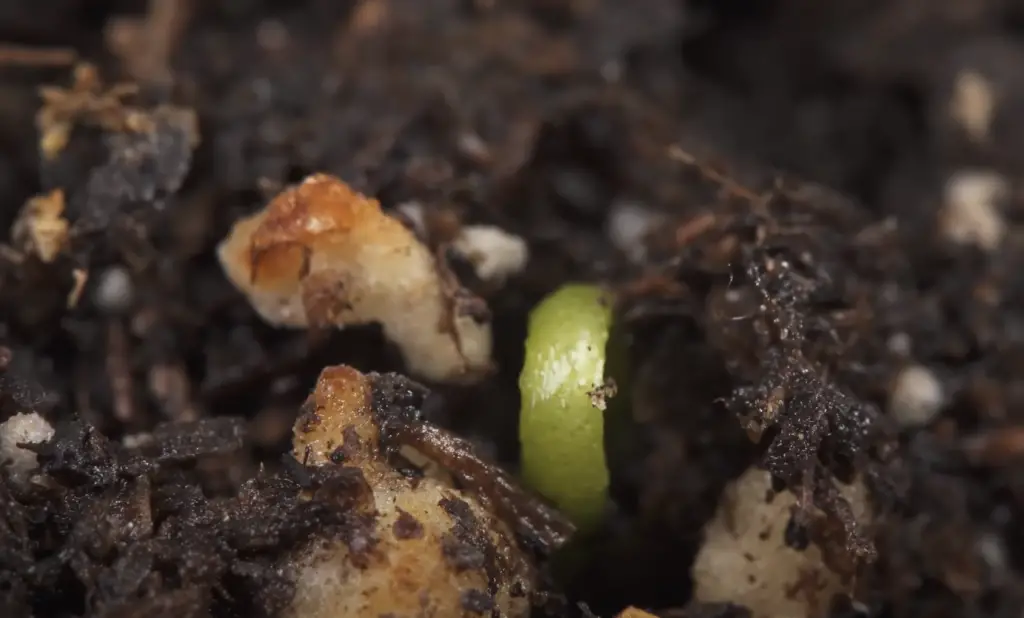
When selecting your tree, make sure you purchase from a reputable nursery or garden center that offers good quality plants with healthy roots systems.
Finally, make sure to research each species of tree to determine its growth rate and ideal growing conditions so you can give it the best chance at thriving in your garden. [2]Why Do Garden Owners Choose Citrus Trees?
Citrus trees are chosen by garden owners for a variety of reasons. Their fragrant flowers and edible fruits make them an attractive addition to any landscape. They are also relatively easy to care for and can be grown indoors or outdoors depending on the climate and soil conditions in your area.
Citrus trees provide texture, color, shade, and fruit that can be used in cooking recipes or as decorations around the house. Plus, their sweet-smelling blooms will attract pollinators such as bees which is great for creating a healthy ecosystem in your garden. Finally, they require minimal maintenance compared to other types of trees so you don’t have to worry about pruning or watering regularly like other plants. [3]
What are the Varieties of Citrus Trees?
Citrus trees come in a variety of shapes and sizes, ranging from dwarf citrus trees to semi-dwarf and standard varieties. The most popular varieties for home gardeners are lemons, limes, oranges, grapefruit, tangerines and kumquats. Each of these fruit-bearing plants has unique characteristics that make them attractive to homeowners.
Lemons
Lemons are one of the most popular citrus fruits consumed worldwide. Most lemon varieties produce medium-sized fruits with thin skin and acidic juice that is often used for cooking and baking. Popular varieties include Eureka, Lisbon and Meyer lemons.
Limes
Limes have a tart flavor that adds brightness to dishes like guacamole, salsa and salads. Key limes are a small variety that is often used to make pies or other desserts. Persian and Tahiti limes are large varieties with thick rinds and juicy flesh.
Oranges
Oranges come in many different shapes, sizes and flavors. The most common types of oranges are navel oranges, which have a sweet flavor and easy-to-peel skin. Valencia oranges are larger than navels and contain more juice, making them ideal for juicing. Blood oranges are prized for their rich red flesh and tart flavor. [4]
Grapefruit
Grapefruit is a large citrus fruit that has a surprisingly sweet taste despite its sour appearance. It can be eaten raw or juiced and is often used in baking as well. Popular varieties include the pink Marsh, white Duncan and pink Star Ruby grapefruits.
Tangerines
Tangerines are small citrus fruits with a sweet flavor that is similar to oranges. Popular tangerine varieties include clementine, Honey Murcott and Dancy tangerines.
Kumquats
Kumquats are small citrus fruits that have a tart flavor like lemons or limes. They can be eaten whole, including the skin, which has a sweet flavor. Popular kumquat varieties include Marumi, Meiwa and Nagami kumquats.

No matter what type of citrus you choose for your home garden, it is important to select a variety that is well suited for your location and climate. If you are unsure of the best option for your area, check with your local gardening center or extension office. [5]
7 Tips for Successfully Growing a Lemon Tree
Following these tips will help ensure that your lemon tree grows strong and healthy, producing sweet fruits for many years to come.
- Choose a suitable variety of lemon tree. The most popular varieties are Meyer and Eureka lemons, but there are many others that may be more suited to your climate and soil conditions.
- Plant the lemon tree in an area with ample sun exposure and well-drained soil. Avoid shady areas or places where water tends to pool after rain as this could lead to root rot.
- Prune the lemon tree regularly by removing dead branches or those growing inwards towards the center of the canopy, so that sunlight can reach all parts of the plant evenly. This will also help promote healthy growth and reduce disease risk. [6]
- Water regularly throughout summer, while avoiding over-watering. Allow the soil to dry out slightly between waterings, and reduce watering in winter when the tree is less active.
- Feed your lemon tree with a balanced fertilizer every few months during spring and summer for best results.
- If you notice any signs of pest or disease infestation, act quickly to treat the issue before it becomes worse. There are several natural solutions available which are safe for both plants and humans alike.
- Keep an eye on temperatures during winter as extreme cold can damage your lemon tree’s leaves and branches; if necessary, cover or move your plant indoors until temperatures improve outside again. [7]
Why Do Plants Need Thorns?
Thorns are a form of self-defense that many plants use to protect themselves from potential predators. They generally grow on the stems or leaves of shrubs, trees, and other plants as sharp protrusions. Thorns provide an effective physical barrier against animals and humans that may try to feed off them. Some thorns even contain toxins or irritants that can make them more difficult to consume. [8]
Thorns also help plants conserve energy by blocking too much sun, wind, or water from reaching the plant’s interior tissues. By reducing evaporation levels, thorns help the plant save resources it would otherwise spend on maintaining its water balance. In addition, when animals come into contact with thorns they can be injured and possibly deterred from returning to the plant. This form of physical defense allows plants to conserve energy and resources by preventing them from being eaten.
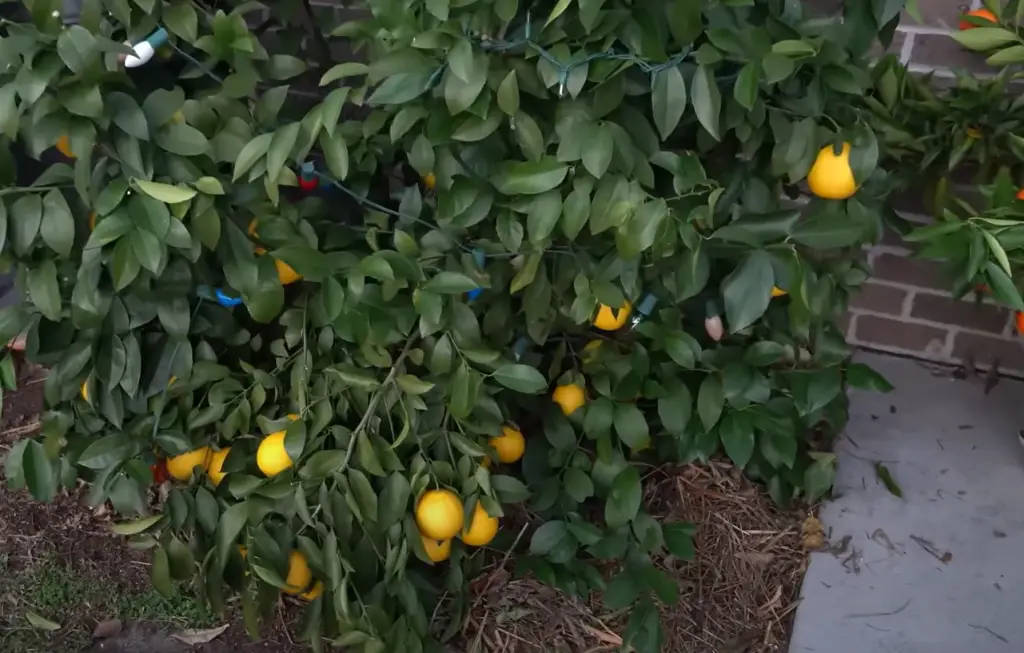
Thorns can also be used for more than just protection against predators. For example, some thorns act as a support system to help the plant absorb sunlight and nutrients more efficiently while others are used for dispersing seeds or propagating certain species. Thorns are an important part of a diverse ecosystem since they provide food and shelter to many species of animals. In short, thorns not only protect plants from potential predators but also provide numerous other benefits that contribute to the overall health of the environment. Thanks to their versatility, thorns have been an invaluable asset in helping plants survive for millions of years. [9]
10 Reasons Why Do Lemon Trees Have Thorns?
- For Self-Defense – thorns help them defend against animals or insects that might try to eat their leaves, buds, or fruit.
- To Protect the Fruit – they also serve as protection for the developing fruit and flowers, helping keep predators at bay.
- To Anchor Lilac Trees – they can be used to anchor other plants such as lilacs, which can use them as support when they’re young and fragile.
- To Serve as a Fertilizer Source – thorns can act as a source of fertilizer by releasing nitrogen and potassium into the soil around them.
- To Help With Pollination – the thorns on lemon trees can help facilitate the pollination process by trapping pollen and allowing it to be carried from flower to flower.
- To Prevent Overgrazing – by creating a barrier of thorns, lemon trees can protect themselves from overgrazing by animals like goats or deer.
- To Help With Soil Retention – they are sharp enough that they can penetrate through soil, helping to retain moisture around the roots of the tree.
- To Capture Sunlight – The thorns on a lemon tree act as little antennae that can capture and reflect sunlight onto parts of the plant that may not usually get direct sun exposure.
- To Ward Off Disease – they also act as protection against disease and parasites, helping to keep the plant healthy.
- To Adapt to Different Environments – the thorns are an example of natural selection, adapting to their environment so that they can best survive in any given situation. They can be removed if necessary but having them helps ensure the survival of the species. [10]
Lemon Tree Disease and Treatment
Lemon tree diseases are caused by a variety of pathogens, including fungi, bacteria, viruses and nematodes.
In addition to these primary diseases, many other pests and disorders can cause damage to the health of your lemon trees.Citrus Canker
This is one of the most common lemon tree diseases. It appears as small yellow-brown spots on leaves and stems that can become encircled with necrotic tissue (dead areas).
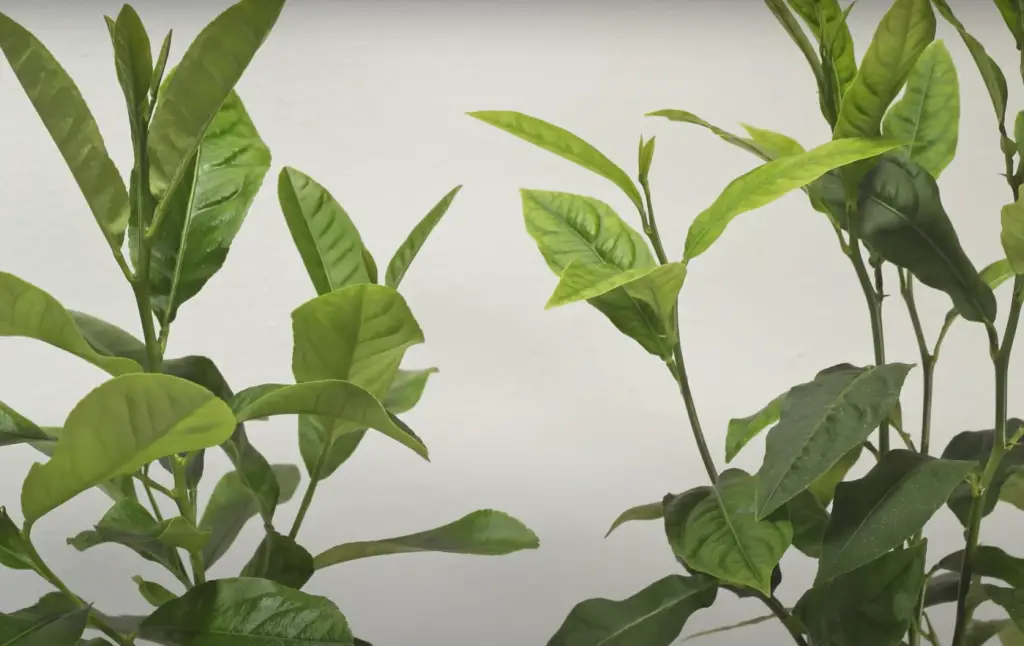
Eventually lesions turn gray or silver as they dry out. Pruning infected branches is an effective method for control.
Citrus Greening Disease (HLB)
This bacterial disease is one of the most serious diseases affecting citrus trees worldwide. It is spread by psyllids (insects) and causes trees to produce misshapen, bitter fruit, and eventually die if left untreated. Early detection is key in controlling the spread of this disease as there are still no cures or treatments available.
Phytophthora Gummosis
It is also known as citrus root rot, Phytophthora gummosis is a fungal disease caused by a soil-borne pathogen that attacks the roots of citrus plants. Symptoms include leaf yellowing, premature defoliation, bark cracks, limb dieback and eventually death of the tree. Treatment includes removal of affected trees and application of soil fungicides.
Melanose
This fungal disease is characterized by dark, raised spots on fruit rinds that become scabby and cracked as they age. It affects mainly mature fruits and can be controlled with applications of fungicides before harvest.
In addition to these diseases, pests such as aphids, citrus thrips and spider mites can cause severe damage to lemon trees if left untreated. Regular scouting for early signs of pest infestation is key in preventing major damage to your lemon trees. [11]
Why Do I Need to Remove Thorns from Lemon Trees?
Removing thorns from lemon trees can help promote healthy growth of your tree. Thorns are a natural defense the lemon tree has to protect itself from being eaten by animals or damaged by extreme weather conditions. If left unchecked, thick clusters of thorns can grow on the branches and trunk of the tree, making it difficult for sunlight to reach the leaves and hurting overall air circulation. This can stunt growth and cause other issues such as branch dieback or fungal diseases.
Removing thorns also allows you to monitor any new growths for signs of disease that could be caused by insect infestations or other factors. By removing thorns you’re helping ensure that your lemon tree is able to flourish and produce fruit each year!
How to Remove Thorns from Lemon Trees?
Removing thorns from lemon trees is an important part of caring for the tree and ensuring a safe environment. There are several methods you can use to remove these thorns, ranging from manual removal with tools to chemical control.
For manual removal, a pair of long-handled pruning shears or a pole saw may be used to cut off any thorns that are protruding too far out from the tree trunk. Care must be taken not to damage the bark when cutting away the thorns. After all thorns are removed, it is a good idea to apply some anti-fungal spray or oil on the damaged skin of the tree in order to protect it from infection.
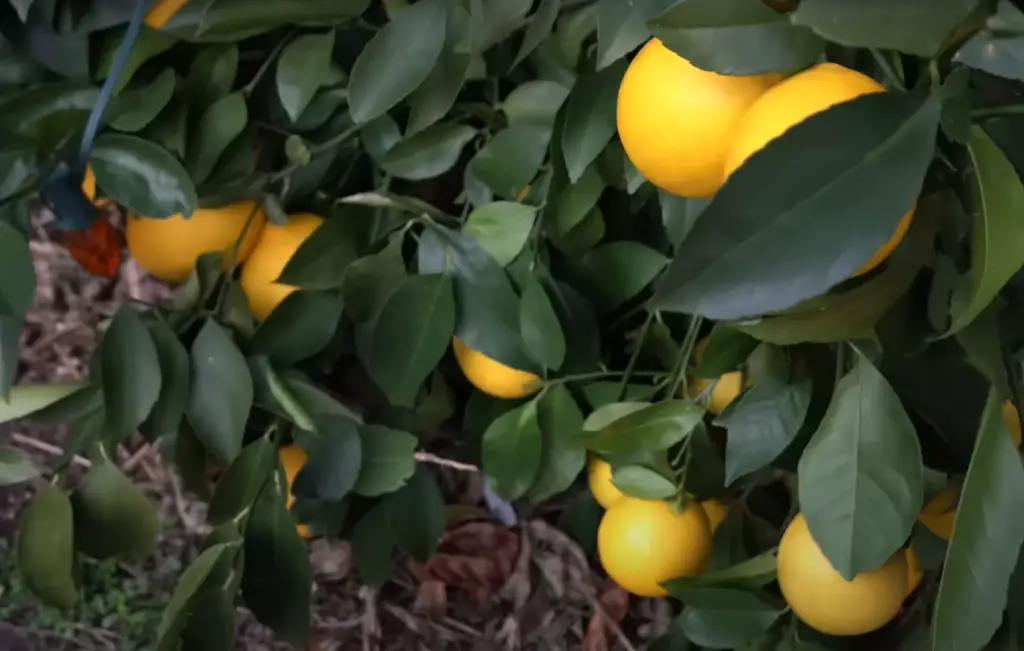
If there is too much growth of thorns on the lemon tree, chemical control may be necessary. These will typically include herbicides containing the active ingredient glyphosate. Glyphosate is a non-selective weed killer that can also take out any nearby weeds or unwanted plants, so it should be used carefully and with caution.
Additionally, gloves should be worn because some chemicals can cause skin irritation if not handled properly. Taking these extra precautions can help keep you safe while removing thorns from your lemon tree.FAQs
How do I identify a lemon tree?
Lemon trees can be identified by their bright yellow fruit, fragrant flowers, and glossy green leaves. The leaves of a lemon tree are typically dark green in color and have a pointy tip. The bark of the tree is usually smooth and light-gray in color. Lemon trees also tend to have thorns on their branches. Additionally, the smell of lemons is one of the best ways to identify a lemon tree.
How can you tell the difference between a lemon and lime plant?
The main difference between a lemon and lime plant is the fruit they produce. Lemons tend to be larger and have a more oval shape with a thicker skin compared to limes, which are generally smaller and rounder with thinner skin. The flavor of lemons is also typically more tart than that of limes, although both can be used in sweet or savory dishes. Additionally, lemon trees tend to have darker green leaves while lime trees usually have paler green foliage. Finally, you may also notice some visual differences in the flowers; lemons typically produce white blossoms while limes often feature yellow blooms.
Which lemon has no thorns?
It is a type of lemon called the “Lisbon Lemon.” This tree originated in Portugal and is widely available across Europe. While other varieties of lemons have sharp thorns, Lisbon Lemons typically lack any thorns or prickles on their foliage. They are also known for their bright yellow fruit and high sugar content. The Lisbon Lemon is ideal for adding a flavor to foods, drinks, and desserts. It can also be made into a juice or used as garnish in salads or seafood dishes. They are easy to grow, require little maintenance, and thrive best in warm climates with plenty of sunlight.
Are there male and female lemon trees?
Yes, there are male and female lemon trees. Male trees produce pollen that is necessary for the fertilization of female flowers. However, only female lemon trees bear fruit with seeds. To ensure a good crop of lemons, you should have at least one male tree in your garden to pollinate the blooms of the female tree. The male trees can be identified by their larger clusters of yellow-green flowers and the presence of stamens, which are the structures that produce the pollen. Female lemon trees will have smaller clusters of white or pink flowers but no stamens.
Useful Video: CITRUS TREES AND THORNS | QUICK AND SIMPLE INFORMATION #CITRUSTREETHORNS
Final Thoughts
Lemon trees are truly an incredible asset for any garden or landscape. Not only do they provide plenty of delicious fruits and a splash of vibrant color to outdoor living spaces, but they also act as a natural form of protection due to their sharp thorns. While it may not be the most pleasant experience to accidentally brush against them, the thorns serve a purpose in deterring animals away from the tree. Planting lemon trees can add a unique sense of beauty to any environment, while providing both fruit and protection against smaller pests and animals. With careful pruning and maintenance, these trees can last several decades and provide ample amounts of blossoms, foliage and fragrances for years to come. Let’s all continue to appreciate the importance of these resilient trees by planting lemon varieties in our gardens and backyards!
References:
- https://www.gardeningetc.com/advice/choosing-a-tree-for-your-garden
- https://www.bhg.com/gardening/trees-shrubs-vines/trees/selecting-trees-for-your-yard/
- https://growinginthegarden.com/4-questions-to-ask-when-planting-citrus/
- https://growinginthegarden.com/types-of-citrus-trees-varieties-of-citrus/
- https://www.gardeningknowhow.com/edible/fruits/citrus/different-types-of-citrus-trees.htm
- https://www.thespruce.com/lemon-tree-plant-profile-4846327
- https://www.saffrontrail.com/tips-lemon-tree-in-a-pot-indoors/
- https://huntington.org/verso/2020/07/spines-thorns-and-prickles
- https://northamericannature.com/why-do-plants-have-thorns/
- https://everythingarboriculture.com/why-do-lemon-trees-have-thorns/
- https://www.yarden.com/citrus-tree-care/pests-diseases/





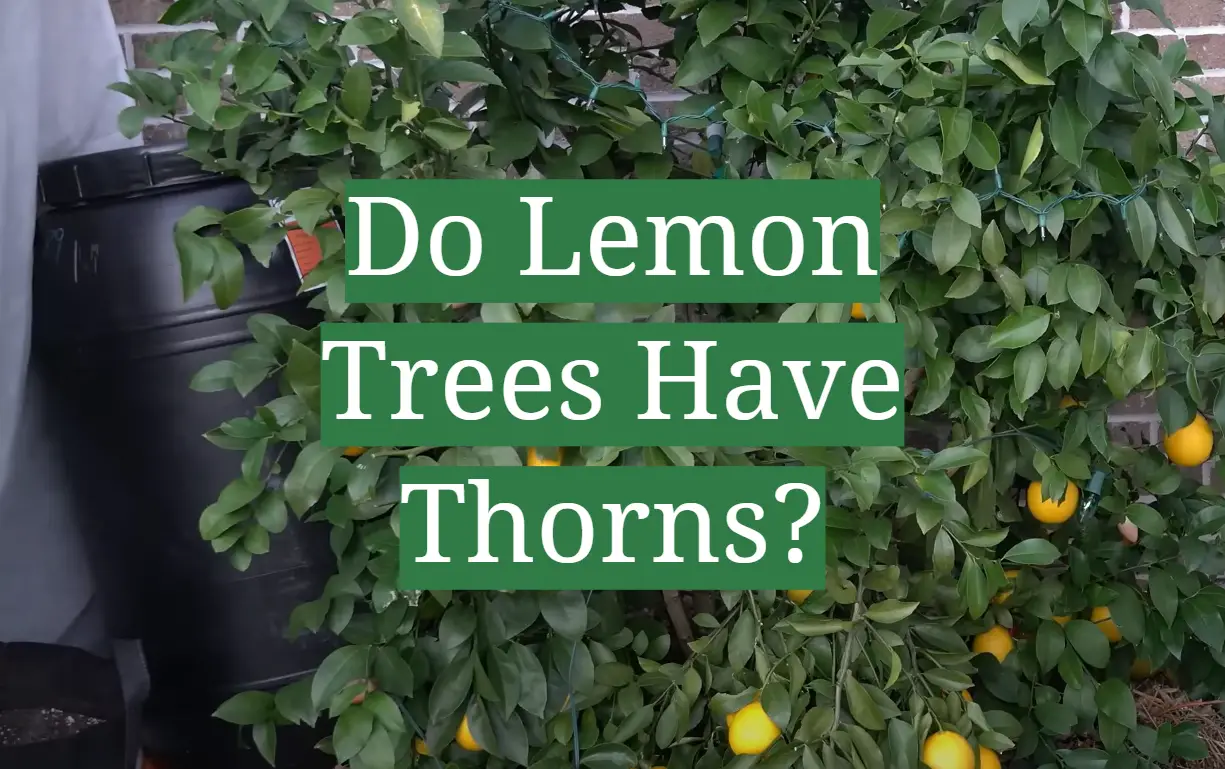




Leave a Reply
View Comments